A frequent occurrence, hiccups can soon become inconvenient. Because of this, people devise a wide range of peculiar and creative methods to eliminate them. Let’s consider it from a physiological perspective. A hiccup occurs when the diaphragm spasms uncontrollably, the voice box contracts, and the vocal folds close simultaneously, restricting airflow. Acupressure for hiccups can be performed at home and often, they produce significant results. Instead of using needles, you use either your hands or a tool. Massage and direct pressure are required to do acupressure for hiccups. Continue reading to learn more about it.
Causes Of Hiccups
When your diaphragm starts to spasm uncontrollably, you get hiccups. You breathe in and out with a sizable muscle called your diaphragm. Your vocal cords clamp shut, and you take a sharp breath when it spasms, producing a distinct sound. They typically appear and disappear fast. Hiccups may be caused by confident lifestyle choices, including:
- Overeating or eating too soon
- Sparkling beverages
- Spices in food
- Drinking while under emotional stress or excitement
- Being subjected to abrupt temperature changes
- However, there are certain medical disorders which can trigger hiccups as well, they are:
- Liver and kidney disorder
- Psychological reasons such as grief, anxiety etc.
- Respiratory problems
- Traumatic brain injury
Pressure Points to Get Rid of Hiccups
Most people attempt to gargle, sip water, and hold their breath. But even acupressure is a successful treatment for hiccups. Some pressure points to get rid of hiccups:
1. TE-17 or Behind the Earlobe
You will locate TE-17, also known as “yifeng” or “wind screen,” in the crater behind your earlobe. This acupoint indirectly treats hiccups by regulating the Gallbladder Meridian and diaphragm qi. The indentation behind the earlobe is the location of this pressure point. This is one of the best acupressure points for hiccups.
2. P-6 or Inner Arm near the Wrist
Three finger widths below the inner wrist, or P-6, is a location also referred to as “neiguan” or “inner pass.” A study found that P-6, along with CV12 and ST36, significantly reduces recurrent hiccups, especially in people who have had arthroplasty. This acupressure point is beneficial for migraines, carpal tunnel syndrome, bloating, upset stomachs, and gas and bloating. This is also an effective acupressure for baby hiccups. However, make sure you perform the procedure very gently and carefully.
3. SP-4 or Middle of the Foot
To attempt the spleen 4 (SP4) point, sit down and pull one foot onto your knee with the inside of the foot facing you. From your big toe, move your hand along the side of your foot. Your foot begins to arch just past the cushioned ball of your feet. On the medial side of the foot, it is in the arch, close to the metatarsal bone. You can alleviate hiccups and even a chronic condition by applying pressure to this region. This acupressure points for stopping hiccups have worked for most people and is hence known to be extremely effective.
4. CV-13 or on your Abdomen 5 CMS above the Navel
While CV 12 is beneficial for center body disorders, CV 13 is helpful for upper body concerns (regurgitating, hiatal hernia, hiccups, epigastric pain). For problems with the lower body, CV 10 is crucial. The supporting strain CV-13 is also a standout for treating recurrent hiccup bouts.
5. CV-10 on your Abdomen 2 cm Above the Navel
To stop hiccups, use this acupressure point. In addition to easing hiccups, CV 10 is prescribed for lower stomach conditions, including stagnation, bulging, broadening, weak absorption, loose bowels, undigested food in the stool, vomiting, and borborygmus. For issues with the middle stomach, CV 12 is helpful for problems with the upper abdomen, CV 13.
6. S1 or Pinky Finger
Squeeze firmly for 10 seconds or until the hiccups stop on the pinky finger’s nail surface while holding the hand of the individual experiencing hiccups. Pinky fingers are a great acupressure point for continuous hiccups.
How To Prevent Hiccups?
Having hiccups can be incredibly annoying, especially right before bedtime. They might also embarrass you and make you uneasy when you’re out in public. However, there are techniques to avoid them altogether.
If you share them frequently, note what you were doing just before you started experiencing hiccups. This will enable you to identify personal triggers for yourself. Acupressure points for hiccups are often effective, it’s always better to prevent the situation altogether.
Here are Some Suggestions for Avoiding Hiccups
- Eat and drink more slowly.
- Eat fewer meals, taking care not to overindulge.
- Steer clear of carbonated drinks.
- Avoid alcohol or drink it less.
- Eat fewer hot meals.
- Don’t smoke.
Complications Caused Due to Prolonged Hiccups
Long-lasting hiccups may result in problems like:
- Weight loss and dehydration: Eating could be challenging if the hiccups last a long time and happen frequently.
- Insomnia: It may be difficult to fall asleep or stay asleep if you experience extended hiccups at night.
- Fatigue: Long-lasting hiccups can be draining, especially if they make it difficult to eat or sleep.
- Communication issues: If a person has hiccups, speaking may be challenging.
- Clinical depression: Chronic hiccups can raise the likelihood of getting the condition.
- Delay in wound healing: Chronic hiccups can delay the recovery of post-surgical wounds, which raises the danger of infections or bleeding.
Final Words
In conclusion, having hiccups can be a painful and irritating experience, but applying pressure to specific acupressure points for continuous hiccups can help get relief right away and can be a quick and easy fix. These methods may provide prompt relief from hiccups, including pressing on the diaphragm, activating acupressure sites, and stimulating the vagus nerve. It’s crucial to remember that while pressure points could be helpful for some people, they might only be for some. It is advised to see a doctor for additional assessment and suitable therapy if hiccups persist or start to be a problem. Try out performing acupressure on these pressure points to see which eliminates hiccups quickly and painlessly for you.

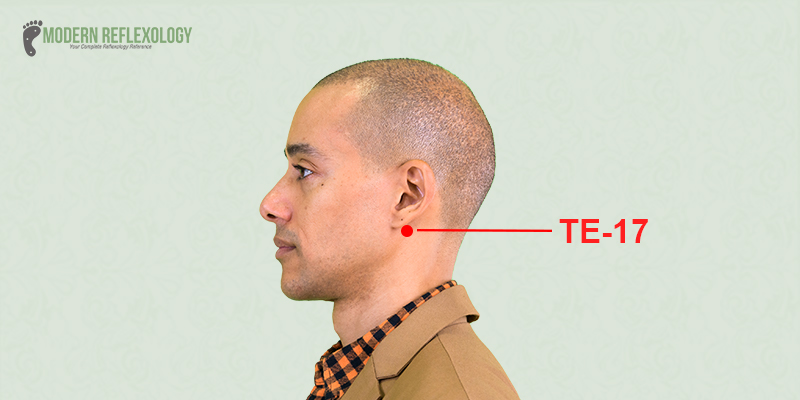
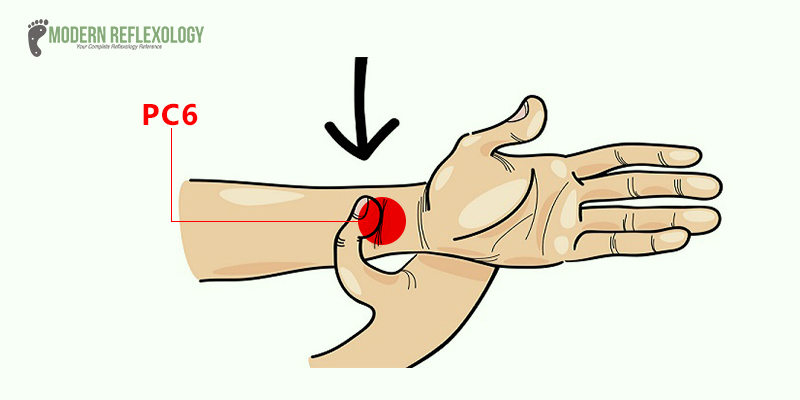
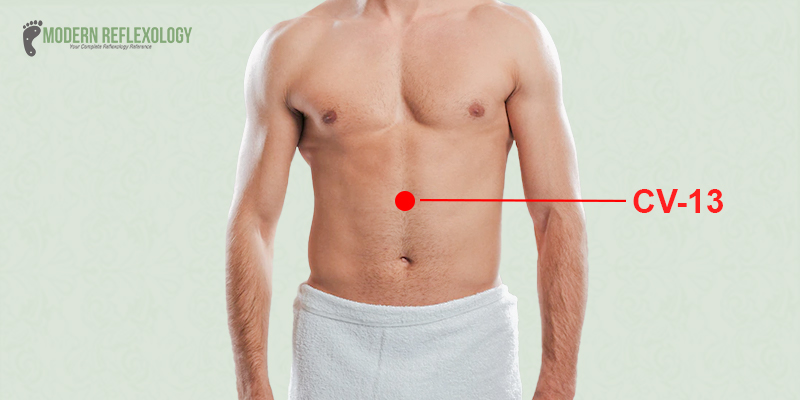
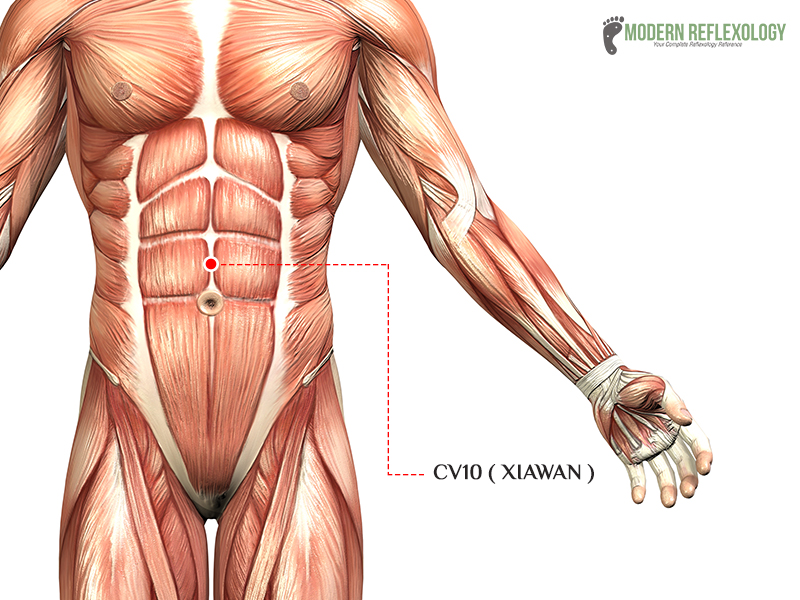
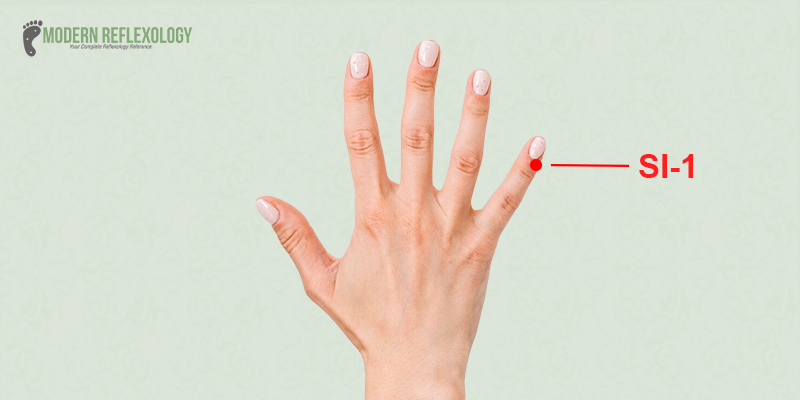
Comments are closed